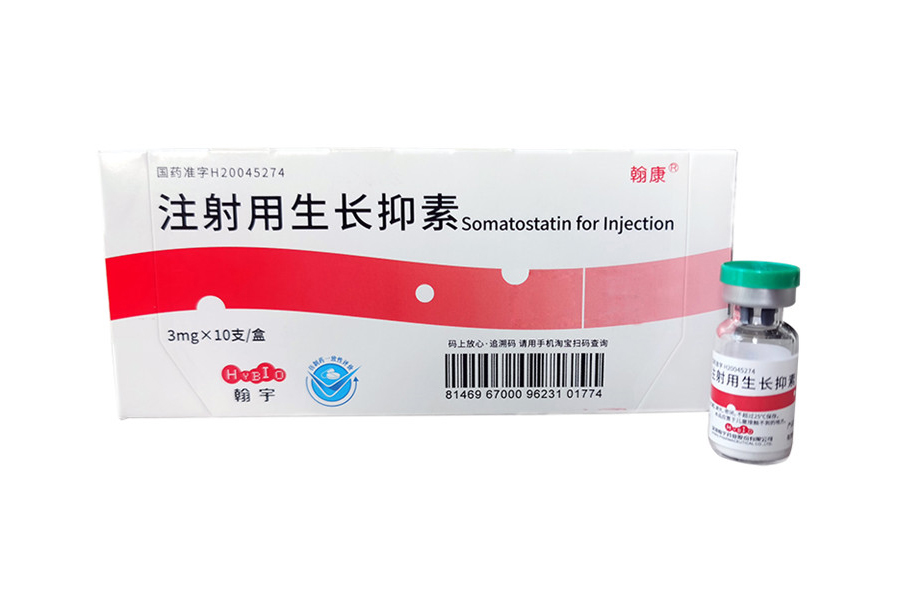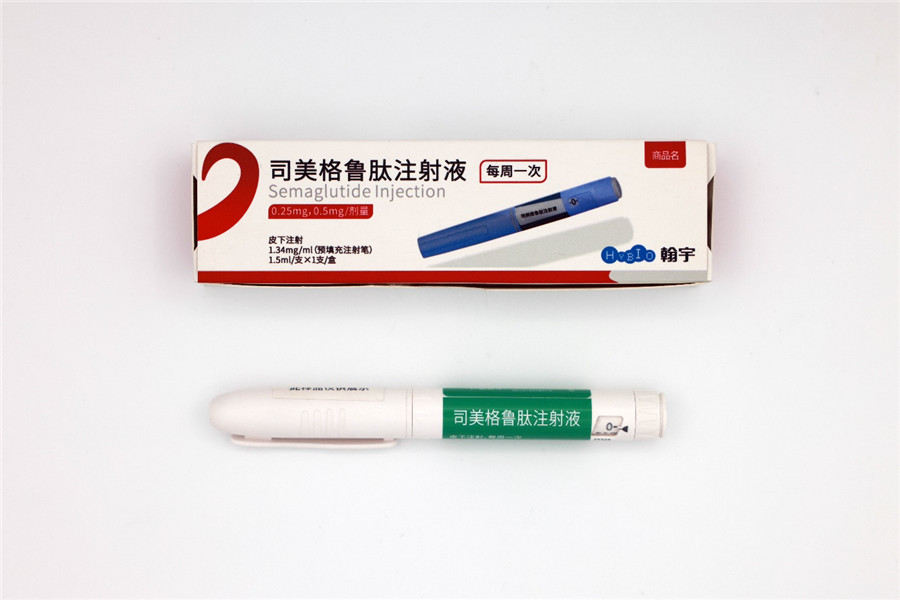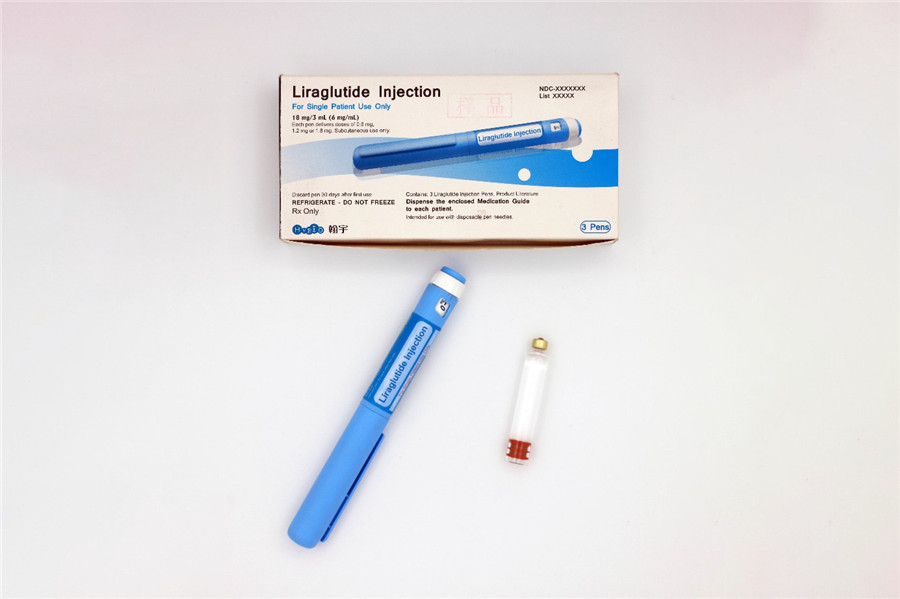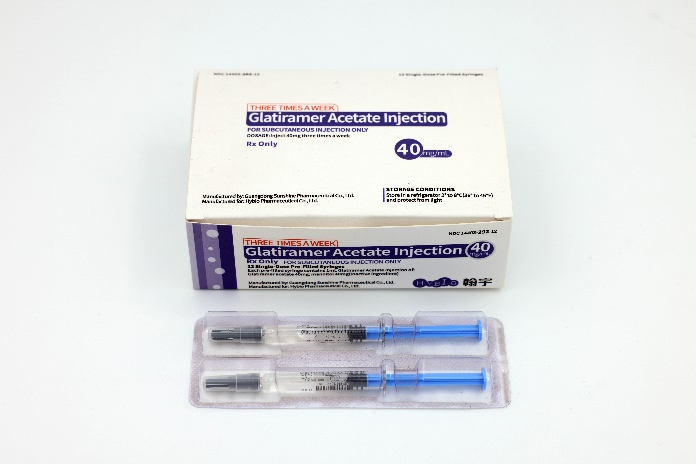01
Cetrorelix Acetate for Injection
product description
Chemical Composition:
Cetrorelix Acetate is a synthetic decapeptide with potent GnRH antagonist properties. It is an acetate salt form of cetrorelix, enhancing its solubility and stability for injection purposes.
Mechanism of Action:
Cetrorelix competitively blocks the GnRH receptors in the pituitary gland. This action prevents the release of the luteinizing hormone (LH) and follicle-stimulating hormone (FSH), thereby inhibiting ovulation. This control is critical in synchronizing follicular development and timing the retrieval of oocytes (egg cells) during ART procedures.
Indications and Usage:
It is indicated for the prevention of premature ovulation in women undergoing controlled ovarian stimulation followed by oocyte retrieval for ART. The timing of its administration is based on the specific protocol of ovarian stimulation being used.
Indications and Usage:
Cetrorelix is administered as a subcutaneous injection. The dosage and duration of treatment depend on the individual patient's response to ovarian stimulation, typically starting mid-way through the course of stimulation.
Efficacy and Dosage:
Clinical studies have demonstrated that cetrorelix is effective in preventing premature LH surges in women undergoing ART, thereby increasing the chances of successful oocyte retrieval and subsequent fertilization and pregnancy.
Side Effects:
Common side effects may include local injection site reactions (like redness or swelling), nausea, headache, and ovarian hyperstimulation syndrome (OHSS), a rare but potentially serious condition.
Contraindications and Precautions:
Cetrorelix should not be used in patients with known hypersensitivity to cetrorelix acetate or any of its excipients. Caution is advised in patients with a history of allergic conditions.












